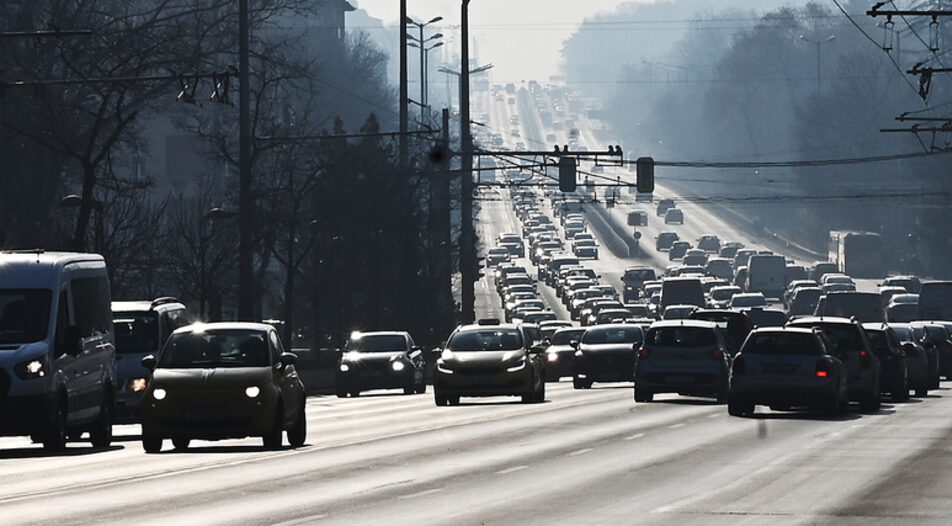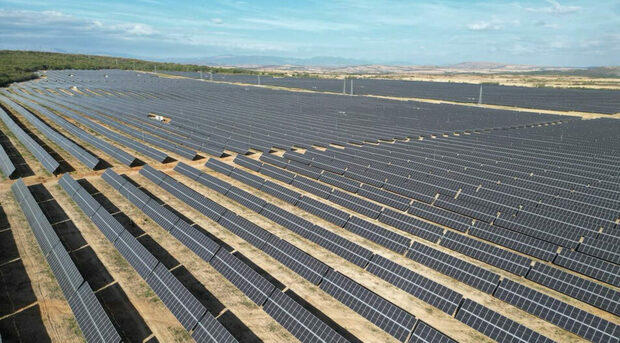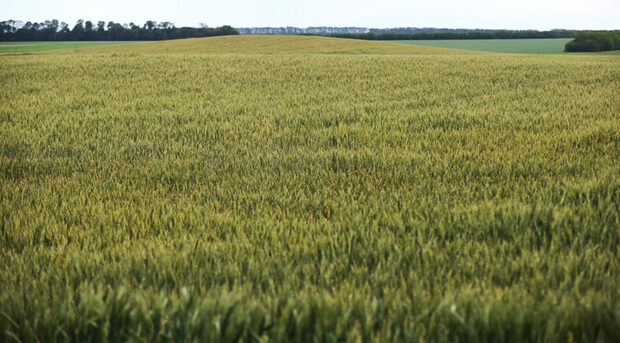- Municipalities will be able to curb the entry of the most heavily polluting cars starting in 2022
- The local eco category of motor vehicles depends on their first registration date and compliance with Euro emissions standards
- Sofia plans to introduce low-emission zones in December 2022.
After changes in some laws, Bulgarian cities now can introduce low-emission zones (LEZs), which have been functioning for years elsewhere in Europe. Their point is to reduce air pollution by limiting the entry of highly polluting cars in parts of a city, typically its central area.
At present, only Sofia is almost ready with the new regulations. The municipality chose a soft option: the low-emission zones will apply only in winter months rather than all year round, and cameras will control the entrance points by reading car registration numbers. Other Bulgarian cities are just in the beginning - they are not quite sure where and how LEZ would work. However, it seems that at least four Bulgarian cities will introduce them in the next few years.
For now, the European Union does not oblige cities to introduce LEZs but imposes sanctions on those exceeding the permissible levels of air pollution (as is the case in Sofia).
The idea is generally good: big Bulgarian cities have had problems stemming from polluted air, neglected cars and lack of functioning regulations for years. This "freedom" is measured in human lives - according to the European Environment Agency, almost 14,000 people a year in Bulgaria die prematurely due to polluted air.
How LEZs will work here
Some European cities use the European emissions standard as a criterion for defining polluting cars but in Bulgaria nearly 20% of all don't have one. This is why the transport ministry decided to combine several indicators: date of first registration, European standard (if available in the registration documents) and measurement of emissions of polluting exhaust gases such as carbon monoxide, nitrogen oxide, hydrocarbons, and particulate matter (for diesel cars only).
This combination is used during the annual technical inspection to assign an an eco category to an automobile, with 1st category the lowest, and 5th category the highest, assigned to electric cars only. Then inspectors attach an eco sticker showing the assigned category on the front glass of the car.
Of course, this has led to confusion among Bulgarian drivers, with some of them dissatisfied with the categories assigned to their cars. For example, owners of cars running on propane claim they have lower emissions than diesel-powered vehicles. But it all depends on the inspector's estimation during the technical check.
Sofia to close for most heavily polluting cars
Sofia aims to curb the entry of the most heavily polluting cars (those put into eco categories 1 and 2). According to Sofia municipality's estimates, this means that 24% of the cars moving in the city will be prohibited to enter the low-emission zones. There will be two LEZs: the first will cover encompass the historical centre only, whereas the second one will span a wider area. According to the Deputy Chairman of the Transport Commission at the Sofia City Council Zafir Zarkov, the LEZs may be introduced from December 2022.
CCTV cameras in the city will read the cars' registration numbers and the software will catch those assigned 1st or 2nd eco category. If they enter the zone, they will be fined. Also, Sofia considers buying sticker readers as they will be more precise in reading the information about the car's eco category. Otherwise, it the new eco stickers placed in the front glass seem to be unnecessary.
"Experts say that on days with more snow 20-30 per cent of the registration numbers cannot be read. Here, if we have sensors that read eco stickers, they would do a great job. They guarantee 100% readability," Zarkov told Capital Weekly. And their cost is between 40 and 50 thousand levs.
Plovdiv, Varna, Ruse are getting ready
But while Sofia can afford such an investment from its a billion-dollar budget, other cities probably can't. Most of them do not intend to move to this type of restriction soon anyway. Plovdiv, for example, held a public tender for the selection of a contractor to prepare the methodology for the operation of LEZ. The city government has yet to assess the effects of such measures, analyze how they will affect the environment and how much they will cost, explore potential areas and make concrete proposals. Similarly to Sofia, cars with the first or second eco categories are most likely to be limited.
Varna organizes meetings with representatives of the Ministry of Interior, Traffic Police, the municipal company Parking and Blue Zone and several directorates to clarify how the zones would work.
The Municipality of Ruse also intends to introduce restrictive measures for low-category cars in some areas. Therefore, this year it will commission a preliminary study to assess the need and possibilities for the introduction of low-emission zones.
Dobrich will develop an environmental protection program and if its results prove that there is pollution leading to risks, it will take action to introduce low-emission zones. "Before proceeding with the introduction of this measure, the municipality must assess whether the measure would be useful and cost-effective in achieving its local specific objectives," the municipality says. For now, Shumen and Sliven do not plan to introduce low-emission zones. Burgas municipality hasn't answered Capital's questions on the matter.
- Municipalities will be able to curb the entry of the most heavily polluting cars starting in 2022
- The local eco category of motor vehicles depends on their first registration date and compliance with Euro emissions standards
- Sofia plans to introduce low-emission zones in December 2022.
After changes in some laws, Bulgarian cities now can introduce low-emission zones (LEZs), which have been functioning for years elsewhere in Europe. Their point is to reduce air pollution by limiting the entry of highly polluting cars in parts of a city, typically its central area.












